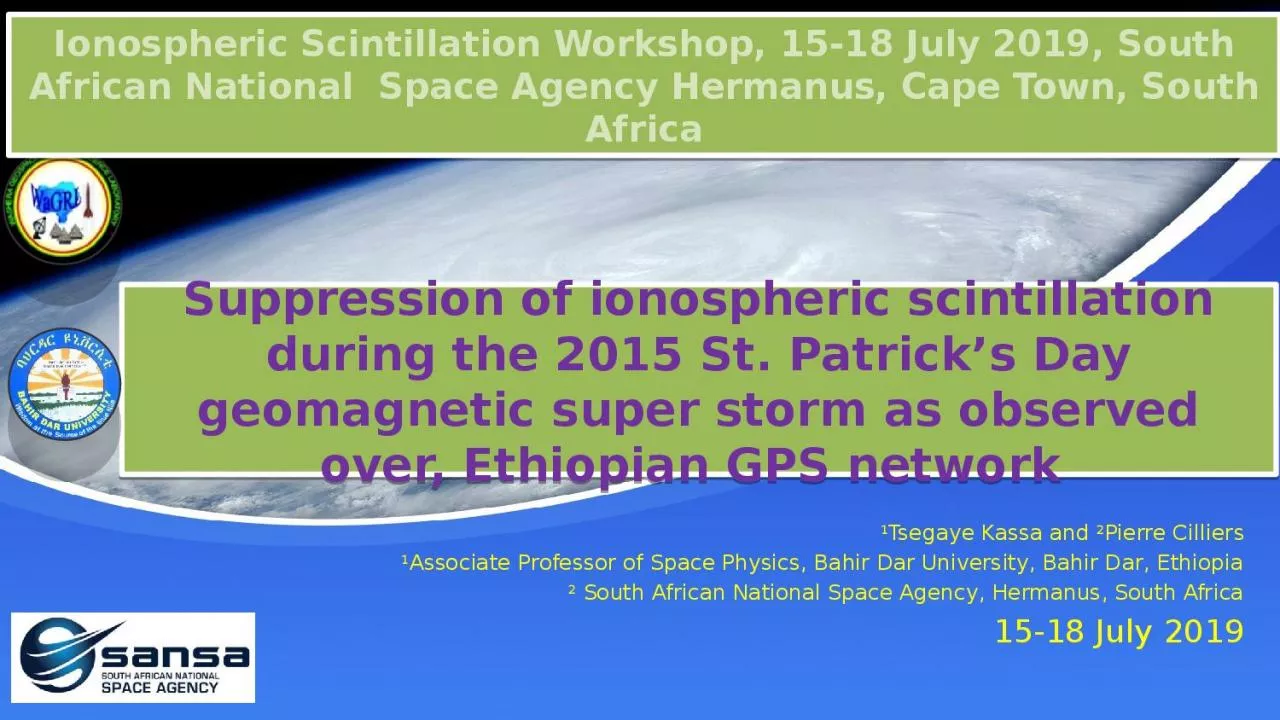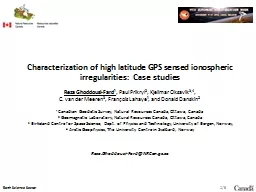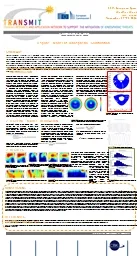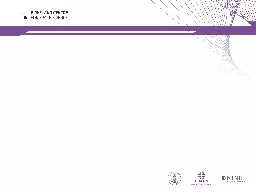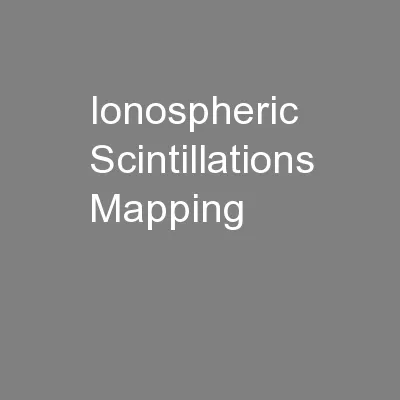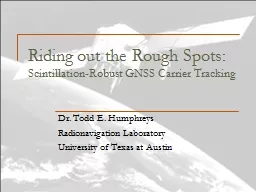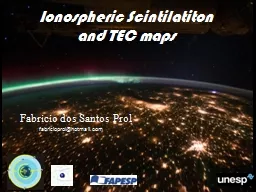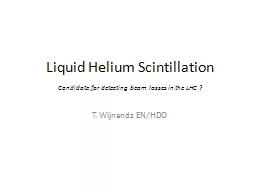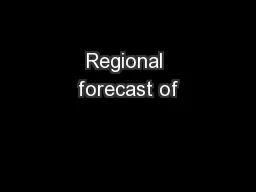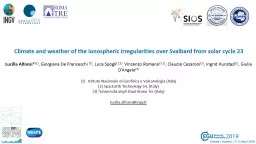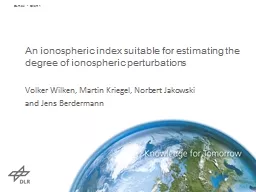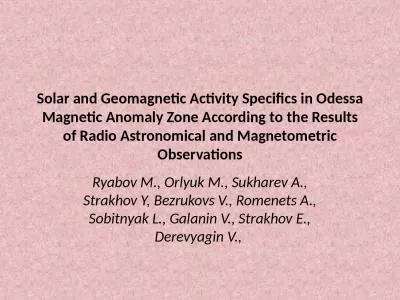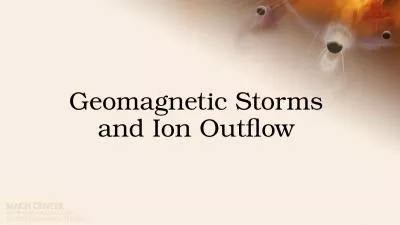PPT-Suppression of ionospheric scintillation during the 2015 St. Patrick s Day geomagnetic
Author : acenum | Published Date : 2020-08-29
1 Tsegaye Kassa and 2 Pierre Cilliers 1 Associate Professor of Space Physics Bahir Dar University Bahir Dar Ethiopia 2 South African National Space Agency Hermanus
Presentation Embed Code
Download Presentation
Download Presentation The PPT/PDF document "Suppression of ionospheric scintillation..." is the property of its rightful owner. Permission is granted to download and print the materials on this website for personal, non-commercial use only, and to display it on your personal computer provided you do not modify the materials and that you retain all copyright notices contained in the materials. By downloading content from our website, you accept the terms of this agreement.
Suppression of ionospheric scintillation during the 2015 St. Patrick s Day geomagnetic: Transcript
Download Rules Of Document
"Suppression of ionospheric scintillation during the 2015 St. Patrick s Day geomagnetic"The content belongs to its owner. You may download and print it for personal use, without modification, and keep all copyright notices. By downloading, you agree to these terms.
Related Documents

